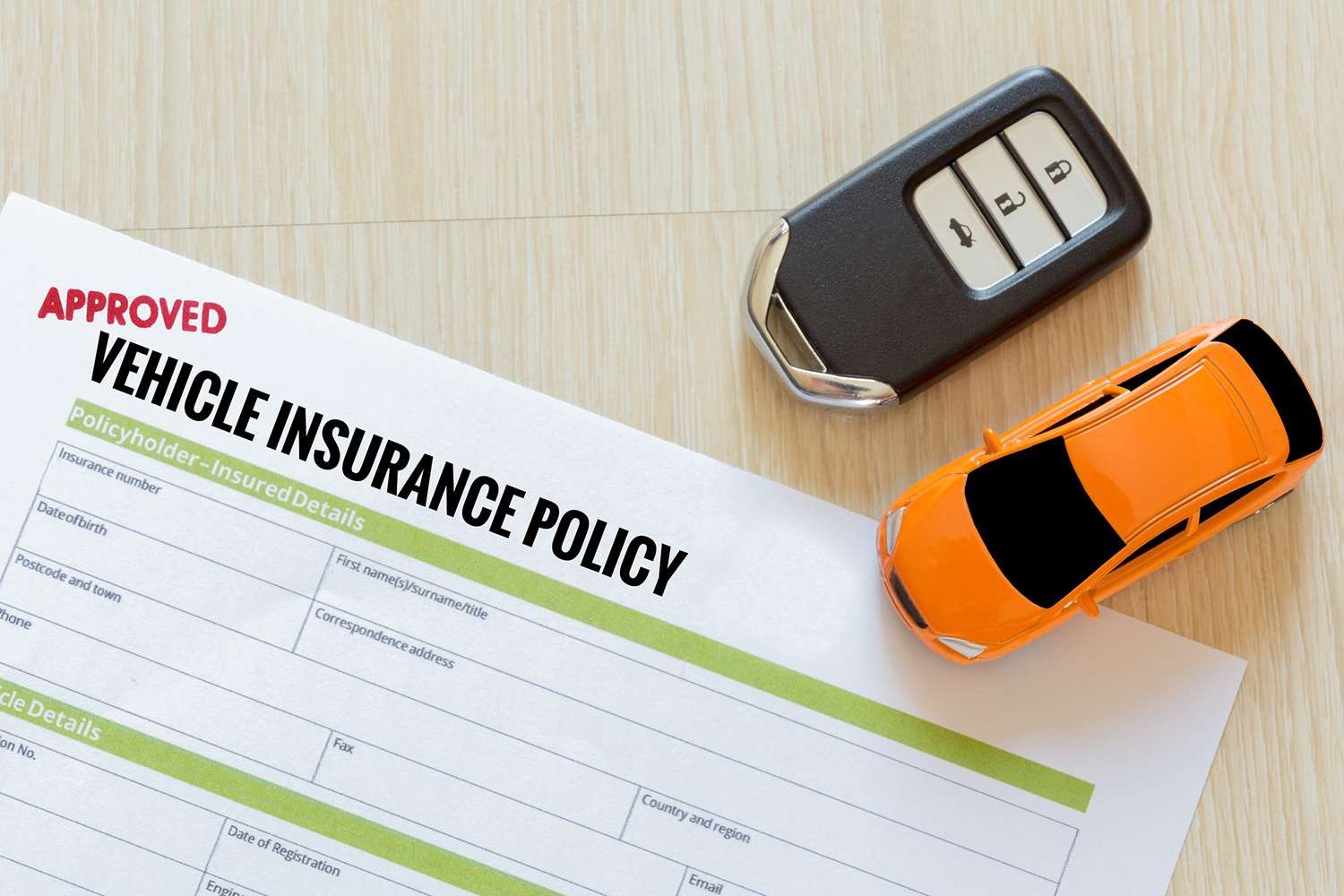Auto insurance is a contract between a vehicle owner and an insurance company. By paying a regular premium, the insurer agrees to cover specific financial losses related to the vehicle. This coverage may include damage to the car, injury to drivers or passengers, and liability for accidents involving other people or property.
The cost of auto insurance depends on various factors, including the type of coverage, the vehicle’s value, the driver’s history, and even geographical location. It’s important to familiarize yourself with the types of coverage available to determine what fits your needs best.
Types of Auto Insurance Coverage
- Liability Coverage: This is the most basic type of auto insurance and is required by law in most states. It covers bodily injury and property damage to others if you’re at fault in an accident.
- Collision Coverage: This type of insurance covers the cost of repairing or replacing your car if it’s damaged in an accident, regardless of fault.
- Comprehensive Coverage: Protects against non-collision-related damages such as theft, vandalism, or natural disasters.
- Personal Injury Protection (PIP): Covers medical expenses and sometimes lost wages for you and your passengers, regardless of fault.
- Uninsured/Underinsured Motorist Coverage: Protects you if you’re involved in an accident with a driver who has little or no insurance.
- Gap Insurance: Useful for those with car loans, this coverage pays the difference between the car’s value and the amount owed on the loan in case of a total loss.
Factors That Influence Auto Insurance Rates
- Driver’s Age and Experience: Younger and less experienced drivers typically pay higher premiums.
- Driving Record: A clean record with no accidents or violations can lead to lower rates.
- Type of Vehicle: Luxury cars or vehicles with high repair costs may increase insurance premiums.
- Location: Urban areas with higher traffic and crime rates may lead to higher premiums compared to rural areas.
- Usage: The more you drive, the higher your risk of an accident, which can increase your premiums.
- Credit Score: In some states, insurers use credit scores to determine premiums, with better scores often leading to lower rates.
Tips for Saving on Auto Insurance
- Shop Around: Compare quotes from different insurance companies to find the best deal.
- Bundle Policies: Combining auto insurance with other policies, like home insurance, can lead to discounts.
- Maintain a Clean Driving Record: Avoiding accidents and traffic violations can help keep your premiums low.
- Opt for Higher Deductibles: A higher deductible means lower premiums, but be sure you can afford the out-of-pocket cost if you need to file a claim.
- Take Advantage of Discounts: Many insurers offer discounts for safe driving, installing anti-theft devices, or even being a student with good grades.
- Review Coverage Annually: As your circumstances change, such as paying off a car loan, you may find opportunities to adjust your coverage and save money.
Importance of Choosing the Right Insurer
Selecting the right auto insurance company is as important as choosing the right coverage. Look for an insurer with a strong reputation for customer service, efficient claims handling, and financial stability. Reading reviews and seeking recommendations can help you identify a reliable provider.
Common Myths About Auto Insurance
- Red Cars Cost More to Insure: The color of your car does not affect your insurance premium.
- Full Coverage Protects Everything: Full coverage typically refers to a combination of liability, collision, and comprehensive insurance, but it doesn’t cover everything.
- Older Cars Don’t Need Comprehensive Coverage: Even older cars can benefit from comprehensive insurance if their value is significant.
- Minimum Coverage Is Enough: While minimum coverage may meet legal requirements, it may not provide adequate financial protection in a serious accident.
The Future of Auto Insurance
As technology advances, the auto insurance industry is evolving. Usage-based insurance, where premiums are based on driving habits, is becoming increasingly popular. Additionally, the rise of autonomous vehicles and electric cars is expected to transform the way insurance is structured.
Telematics, or the use of devices to monitor driving behavior, is another trend gaining traction. Insurers can offer personalized rates based on real-time data, encouraging safer driving habits and potentially lowering premiums.
Table of Contents

Conclusion
Auto insurance is a vital safeguard that protects you financially and ensures peace of mind while driving. Understanding your coverage options, the factors affecting premiums, and ways to save can help you make the best decisions for your needs. Regularly reviewing your policy and staying informed about industry changes will keep you ahead and prepared for any eventuality on the road.
